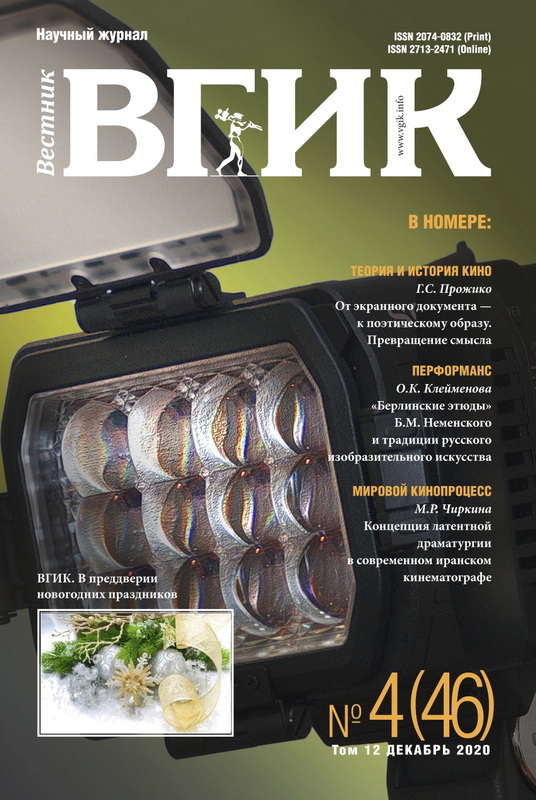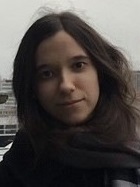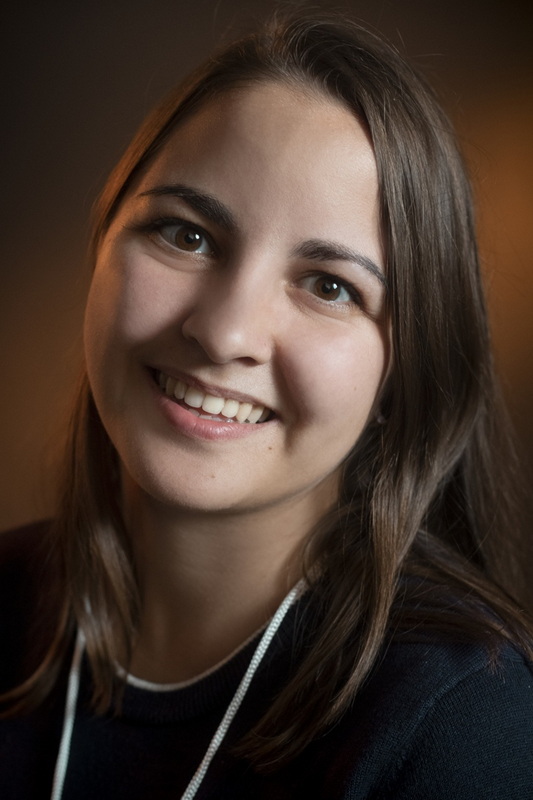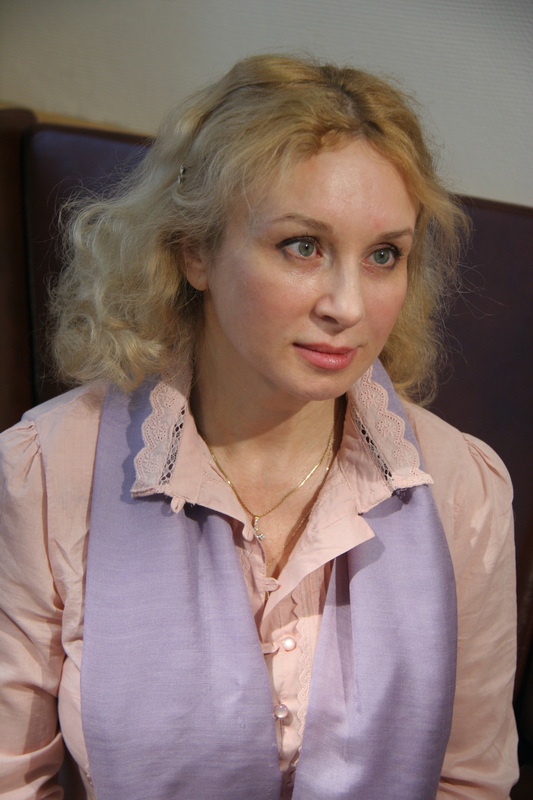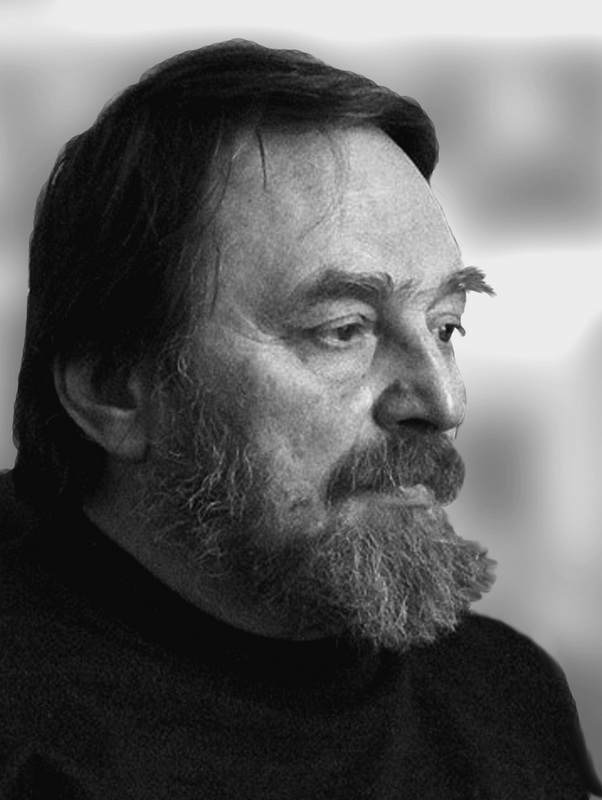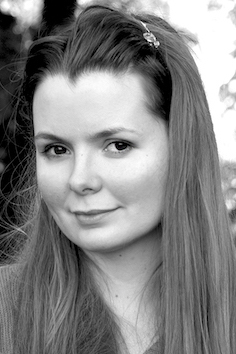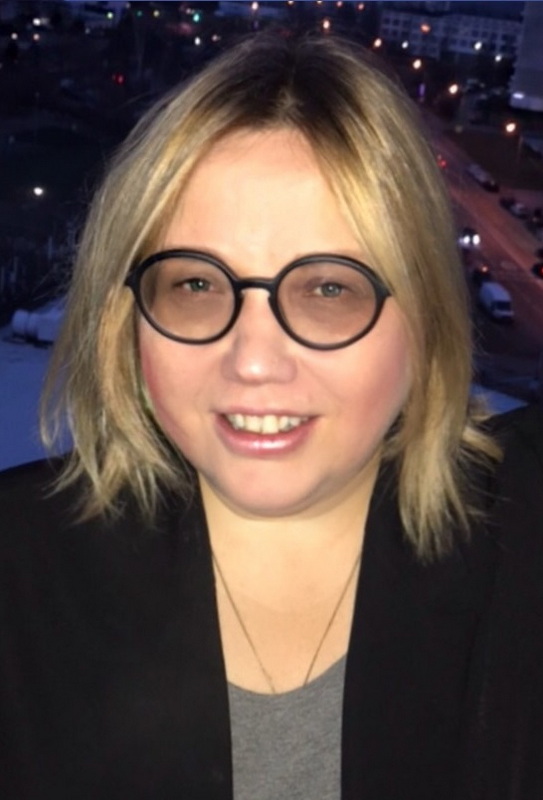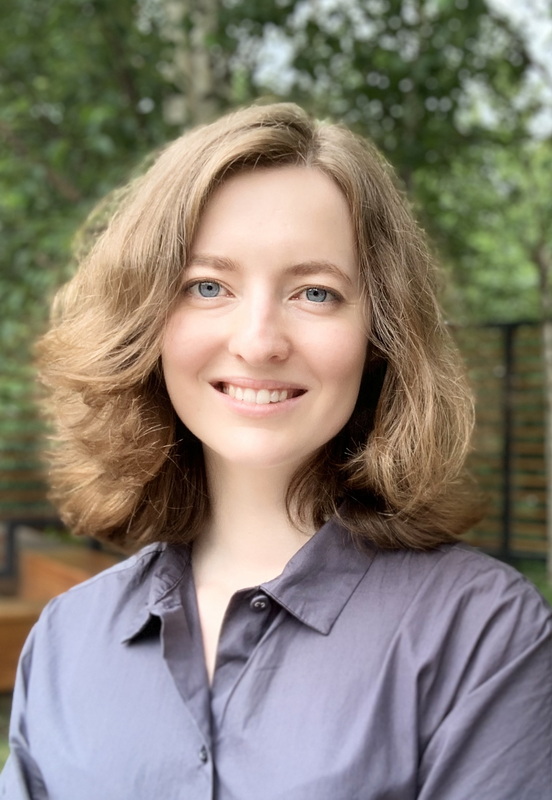Том 12, № 4 (2020)
- Год: 2020
- Статей: 18
- URL: https://journals.eco-vector.com/2074-0832/issue/view/1163
- DOI: https://doi.org/10.17816/VGIK124
Весь выпуск
ХРОНИКА В ДЕТАЛЯХ | АКТУАЛЬНОЕ СОБЫТИЕ
В преддверии новогодних праздников
 6-6
6-6


ТЕОРИЯ И ИСТОРИЯ КИНО | ЭКРАННЫЕ ИСКУССТВА
От экранного документа — к поэтическому образу. Превращение смысла
Аннотация
Нет, казалось бы, более удаленных по смыслу понятий, чем документ и образ. Но мировая практика экранного документа опровергает это заблуждение. В статье рассматриваются специфические приемы выведения документального кадра из хроникальной повествовательности в пространство художественной образности, из которой соткана документальная кинопоэзия. На примерах оригинальных творческих почерков Д.Вертова, Й.Ивенса, А.Рене раскрываются пути формирования поэтического текста, основанного на экранном документе.
 8-19
8-19


ЧИТАЛЬНЫЙ ЗАЛ | КНИЖНАЯ ПОЛКА
Библиотека ВГИК
 20-20
20-20


КИНОЯЗЫК И ВРЕМЯ | ГЕНЕЗИС ОБРАЗА
Инициация страхом как модель советской киносказки 60-х годов
Аннотация
В статье анализируется героическое испытание страхом как фазы процесса инициации молодых героев-пионеров в контексте жанра осовремененной советской киносказки 1960-х годов. Изучение этой проблемы позволяет комплексно рассмотреть процесс трансформации жанра, связанный с историческим разрушением советского мифологического сознания.
 22-31
22-31


Образ войны в кинематографе 60-х. Рыцари без прошлого и будущего
Аннотация
На материале фильмов о Великой отечественной войне периода оттепели раскрывается идея романтического представления юных героев о подвиге на войне. В статье рассматривается кинематографический образ войны как взгляд нового поколения режиссёров, разделённых временной дистанцией с событиями 1941-1945 годов. Изображение войны средствами кинематографа оттепели – неизбежное столкновение идеалистического сознания юных рыцарей с разрушительной силой войны.
 32-43
32-43


ЧИТАЛЬНЫЙ ЗАЛ | КНИЖНАЯ ПОЛКА
Библиотека ВГИК
 44-44
44-44


ПЕРФОРМАНС | ИСКУССТВО ВОПЛОЩЕНИЯ
«Берлинские этюды» Б.М.Неменского и традиции русского изобразительного искусства
Аннотация
Статья посвящена творчеству одного из наиболее значительных мастеров современного изобразительного искусства — Б.М.Неменскому. Художник — участник Великой Отечественной войны, и эта тема стала главной в его творчестве. Серия «Берлинские этюды», относящаяся к ранним работам Б.М.Неменского, была создана в апреле-мае 1945 года. В ней документально запечатлены разные моменты боев за Берлин, первые дни после Победы. В статье рассматриваются аспекты передачи в живописных этюдах и рисунках драматического противостояния воюющих сторон, использование выразительных средств изобразительного языка — света, цвета, пространственного строя, всех элементов композиции.
 46-58
46-58


Композиция серии творческих произведений художника как эмерджентная система
Аннотация
В статье рассматривается проблема композиции серии творческих работ художника. Понятие «серия» определяется как ряд произведений автора, наиболее полно характеризующих его творчество, что позволяет проследить динамику изменений художественного авторского замысла, критерии мировоззрения, технические особенности исполнения работ. Серийный подход обеспечивает более полное понимание творчества как целостного явления с учетом изменений и развития, позволяет глубоко оценить художественную значимость творчества художника.
 59-71
59-71


Выразительная функция цвета в современном неигровом кино
Аннотация
На примере работ режиссеров современного неигрового кино анализируется использование выразительной функции цвета как средства отражения эмоционального воздействия на зрителя. В процессе создания неигрового фильма цвет выступает как художественный инструмент эстетического видения автора. Хроматические и ахроматические свойства цвета являются компонентами изобразительного ряда, способствуя более глубокому восприятию экранного документа.
 72-81
72-81


ЧИTAЛЬHЫЙ ЗАЛ | КНИЖНАЯ ПОЛКА
 82-82
82-82


КУЛЬТУРА ЭКРАНА | КУЛЬТУРОЛОГИЯ. ФИЛОСОФИЯ
Персонаж в пространстве праздности. Опыт драматургического анализа кинопроизведения
Аннотация
В статье рассматривается прецедент создания неоднородного художественного пространства фильма, когда герой попадает в новую для него социальную реальность, мир элиты. Для описания природы и свойств этого пространства вводится концепт — «пространство праздности». Выявлен игровой характер «пространства праздности». Именно игра обусловливает время драматического действия, границы игрового поля и самое главное, устанавливает правила игры. Персонаж, не знающий или не признающий правил игры, шпильбрехер [1], сталкивается в пространстве праздности с коллективной солидарностью игроков. Он должен быть устранен за границу игрового поля. С этим связан мощный сюжетообразующий потенциал фильма.
[1] Шпильбрехер — по Хёйзинга, «участник игры, который действует вопреки правилам или обходит их, это нарушитель игры, шпильбрехер» // Хёйзинга Й. Homo ludens. Человек играющий. – СПб.: Изд-во Ивана Лимбаха, 2017. С. 36.
 84-106
84-106


МИРОВОЙ КИНОПРОЦЕСС | АНАЛИЗ
Концепция латентной драматургии в современном иранском кинематографе
Аннотация
В статье рассматривается принцип использования латентных [1] приемов драматургии иранских фильмов, продиктованный реалиями иранского общества, запретами и цензурой, исламской идеологией. Другим источником для формирования этого приема является мироощущение иранских кинорежиссеров с их национально-традиционными культурными ценностями. Вкупе эти факторы порождают богатые скрытыми смыслами оригинальные иранские кинополотна.
[1] Термин «латентность» (от лат. latentis — скрытый, невидимый) — свойство объектов или процессов находиться в скрытом состоянии, не проявляя себя явным образом. — Прим. авт.
 108-122
108-122


Звуковое пространство фильмов М.Гарроне: между вымыслом и реальностью
Аннотация
Современный кинематограф располагает огромным арсеналом выразительных средств, позволяющих достигнуть определенного вида художественной условности репрезентируемого диегетического пространства. Одним из таких художественных средств кино является поиск формы звукозрительных отношений, обеспечивающих достоверность экранного действия. На примере фильмов итальянского режиссера М.Гарроне в статье рассматриваются особенности использования элементов звукового ряда в их взаимодействии с изображением, способы создания иллюзии документальности или правдоподобности вымысла фильмического действия.
 123-136
123-136


ТЕЛЕВИДЕНИЕ | ЦИФРОВАЯ СРЕДА
Телевизионная речь: поликодовый характер вербальных включений
Аннотация
Вербально-аудиальный ряд не является самостоятельным элементом телепроизведения, воспринимаясь зрителем в обязательном сочетании с видеорядом. Аудиальная речь поддерживает нарративную составляющую телезрелища как единого многоуровневого текста, присутствуя на экране в виде закадрового комментария (закадра) или прямого высказывания участника съемки, записанного синхронно с изображением говорящего (синхрона). Оба вида телевизионной медиаречи имеют поликодовую природу, выражающуюся в высечении семантически новых «третьих смыслов» при сопряжении словесной конструкции с динамичным видеорядом.
 138-148
138-148


КНИЖНАЯ ПОЛКА | ЧИТАЛЬНЫЙ ЗАЛ
 149-149
149-149


ХРОНИКА В ДЕТАЛЯХ | ПРАКТИКУМ ДЛЯ СТУДЕНТОВ
 150-151
150-151


SUMMARY | ПРЕЗЕНТАЦИЯ АВТОРОВ
 152-157
152-157


РЕКОМЕНДАЦИИ АВТОРАМ
Рекомендации авторам
 158-160
158-160











